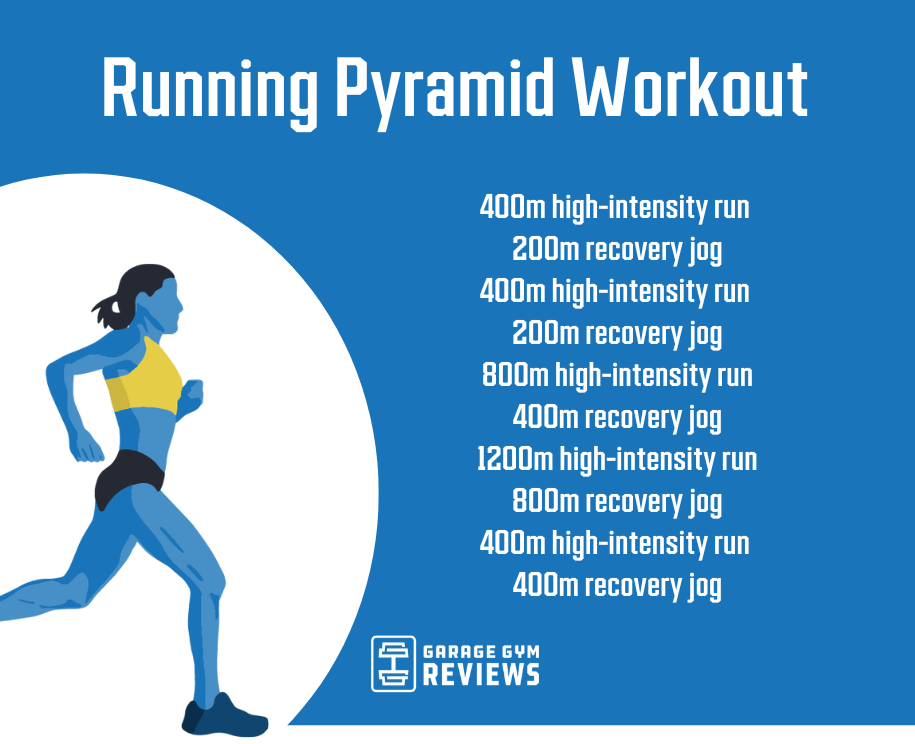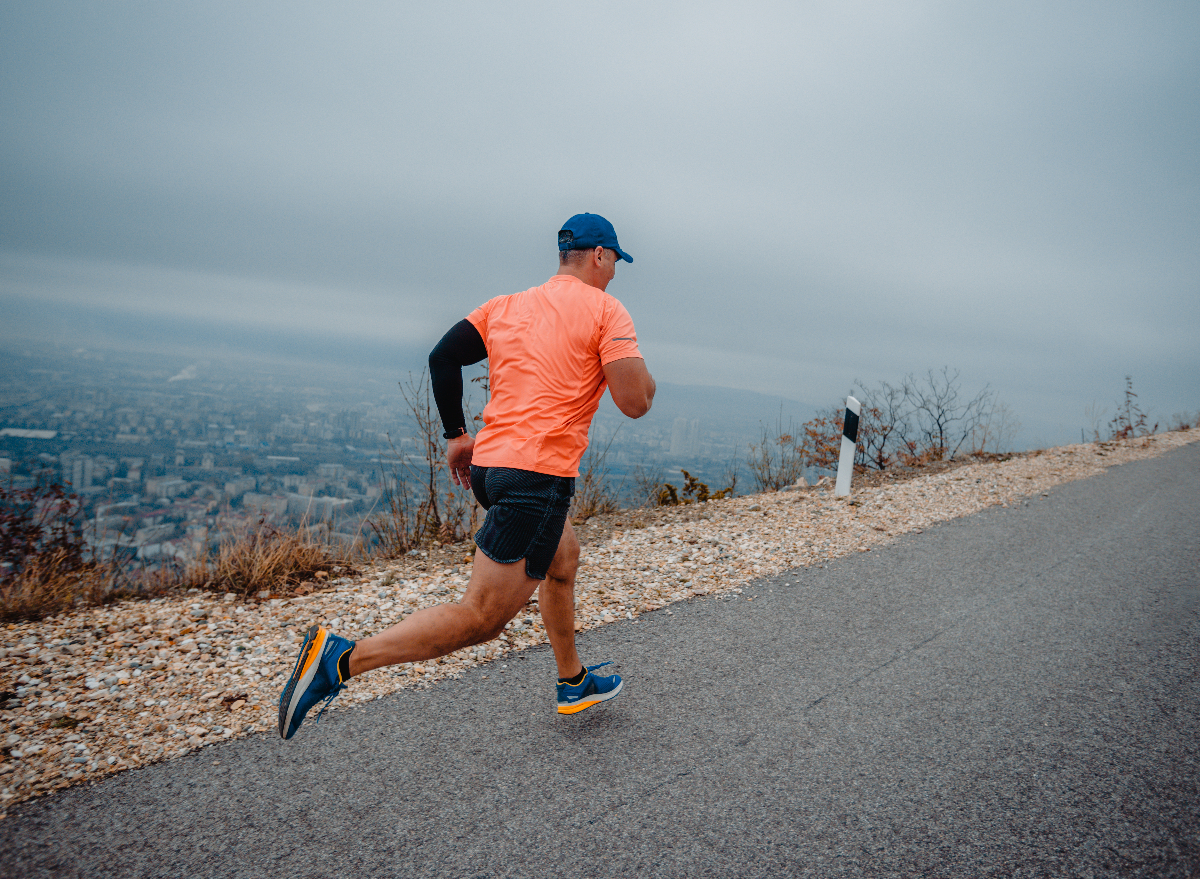Dealing With Common Running Discomforts: Reasons, Solutions, and Avoidance
As runners, we commonly experience numerous pains that can hinder our efficiency and enjoyment of this physical activity. From the devastating pain of shin splints to the bothersome IT band disorder, these common operating pains can be aggravating and demotivating. Understanding the causes behind these ailments is essential in efficiently resolving them. By discovering the origin reasons for these operating discomforts, we can reveal targeted services and safety nets to guarantee a smoother and extra satisfying running experience (click here now).
Usual Running Discomfort: Shin Splints
Shin splints, a typical running discomfort, typically result from overuse or incorrect shoes throughout physical task. The recurring stress on the shinbone and the cells connecting the muscle mass to the bone leads to swelling and discomfort.
To prevent shin splints, individuals need to progressively enhance the strength of their workouts, put on proper footwear with proper arch support, and keep flexibility and toughness in the muscles surrounding the shin (running workout). In addition, incorporating low-impact tasks like swimming or biking can assist maintain cardiovascular physical fitness while allowing the shins to heal.
Common Running Discomfort: IT Band Syndrome
Along with shin splints, another widespread running pain that athletes often experience is IT Band Syndrome, a condition brought on by swelling of the iliotibial band that runs along the outer thigh and knee. IT Band Syndrome normally materializes as pain outside of the knee, particularly throughout activities like running or biking. The iliotibial band is a thick band of fascia that connects the hip to the shin, and when it comes to be irritated or tight, it can rub versus the thigh bone, leading to discomfort and pain.
Runners experiencing IT Band Syndrome might observe a stinging or hurting experience on the external knee, which can get worse with ongoing activity. Factors such as overuse, muscular tissue inequalities, improper running kind, or insufficient warm-up can add to the development of this condition. To avoid and reduce IT Band Syndrome, runners must concentrate on stretching and reinforcing workouts for the hips and thighs, proper footwear, progressive training development, and addressing any kind of biomechanical concerns that might be exacerbating the problem. Neglecting the signs of IT Band Syndrome can lead to persistent issues and long term recuperation times, highlighting the relevance of very early treatment and correct management approaches.
Common Running Discomfort: Plantar Fasciitis

Plantar Fasciitis can be credited to various elements such as overtraining, incorrect shoes, operating on hard surfaces, or having high arches or level feet. To stop and minimize Plantar Fasciitis, runners can my blog include stretching workouts for the calves and plantar fascia, use encouraging footwear, preserve a healthy weight to lower pressure on the feet, and progressively raise running intensity to prevent unexpected anxiety on the plantar fascia. If signs persist, it is recommended to seek advice from a medical care specialist for proper medical diagnosis and therapy alternatives to attend to the problem efficiently.
Common Running Pain: Jogger's Knee
After addressing the difficulties of Plantar Fasciitis, an additional widespread issue that runners frequently face is Runner's Knee, a common running discomfort that can prevent sports performance and cause discomfort throughout physical activity. Runner's Knee, additionally recognized as patellofemoral discomfort disorder, materializes as pain around or behind the kneecap. Runners experiencing this pain might really feel a dull, aching pain while running, going up or down stairways, or after extended durations of resting.
Usual Running Discomfort: Achilles Tendonitis
Generally affecting runners, Achilles Tendonitis is an uncomfortable condition that affects the Achilles ligament, creating discomfort and potential constraints in exercise. The Achilles tendon is a thick band of tissue that attaches the calf bone muscle mass to the heel bone, essential for tasks like running, jumping, and walking - get the real info. Achilles Tendonitis often develops due to overuse, inappropriate footwear, inadequate stretching, or sudden increases in physical task
Symptoms of Achilles Tendonitis consist of discomfort and stiffness along the tendon, specifically in the morning or after durations of inactivity, swelling that intensifies with activity, and perhaps bone spurs in persistent instances. To stop Achilles Tendonitis, it is important to stretch properly before and after running, use appropriate footwear with proper assistance, slowly enhance the intensity of workout, and cross-train to minimize recurring stress on the ligament. Therapy may involve rest, ice, compression, elevation (RICE procedure), physical treatment, orthotics, and in extreme cases, surgery. Early intervention and proper treatment are critical for managing Achilles Tendonitis properly and protecting against long-term complications.
Verdict
